Archive
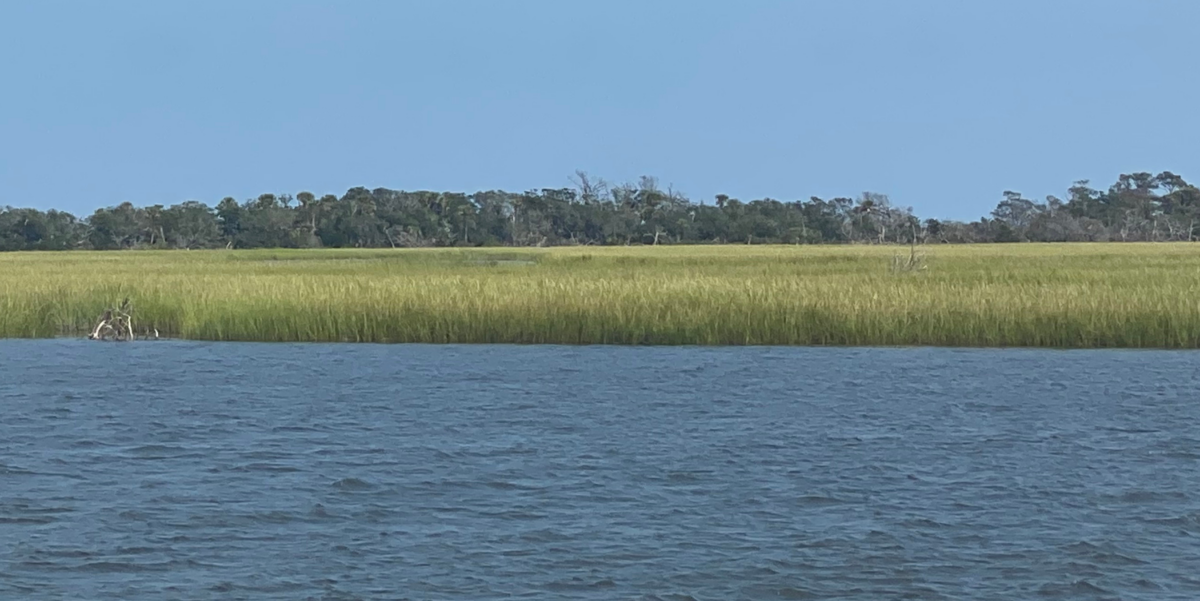
Bald Head Island Conservancy Adopts In-House Bacteria Monitoring Method
By Beth Darrow, Chief Scientist If you were a Bald Head Island resident in the early 2000’s, you may remember concerns about water quality in Bald Head Creek. High fecal indicator bacteria (FIB) concentrations in water samples collected by the NC Department of Environmental Quality led to the upper reaches of Bald Head Creek being […]
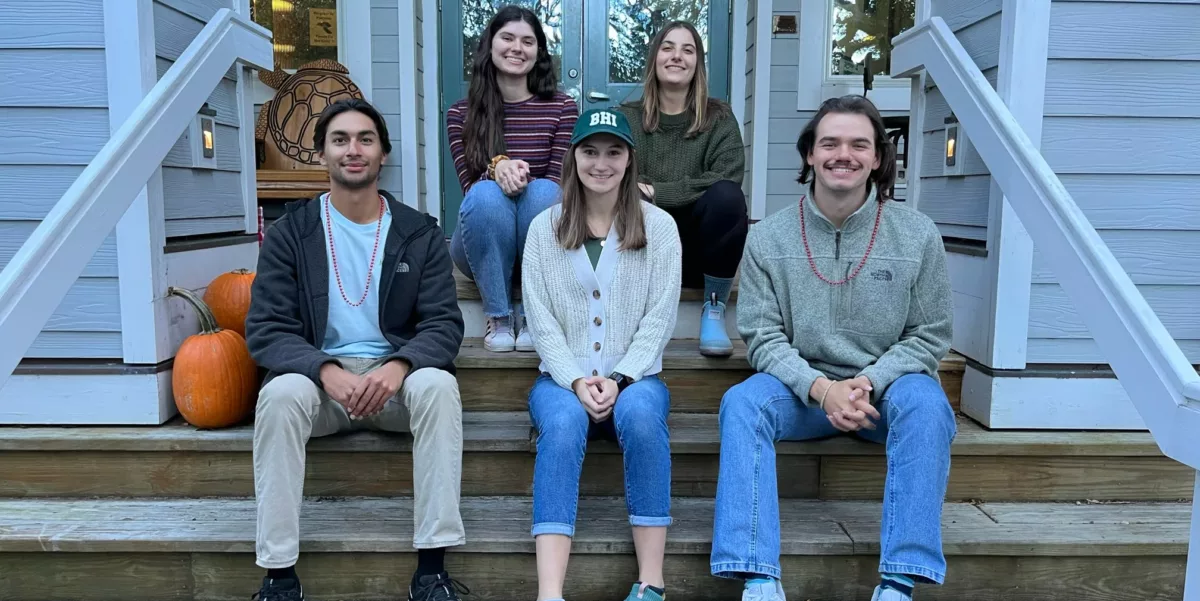
Recapping Our 2023 Fall Intern Symposium
By Morgan Greene, Marketing Associate During the fall, Bald Head Island Conservancy hosts a team of interns who partake in Conservancy research and education efforts. The interns, typically recent college graduates, also conduct research projects of their own that often contribute to ongoing Conservancy projects and broaden our understanding of...
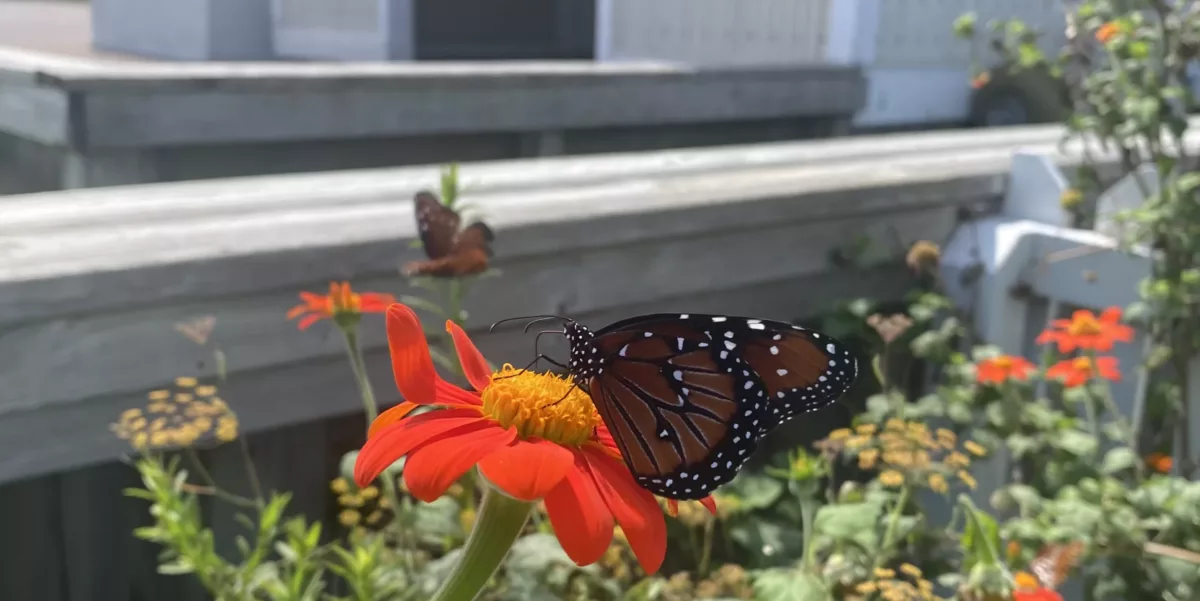
Who’s Who at the Pollinator Garden
By Allison Polinski, Coastal Scientist The beautiful Pollinator Garden at Marina Park has become a favorite spot on the island for many residents, visitors, and pollinators! Thanks to the Bald Head Association, Garden Club, and the Village, it is easy to observe a variety of pollinators here, such as butterflies, moths, and bees. Some visitors...

Intern Project Spotlight: The Fall Moths of Bald Head Island
By Carson Loudermelt, Conservation Intern (Fall 2023) North Carolina is home to a great number of moths, about 2,000 to 2,500 species! Bald Head Island is no exception: we have a ton of these fluttering beauties throughout the island, no matter what season or time of day. Moths play a vital role in our ecosystems […]
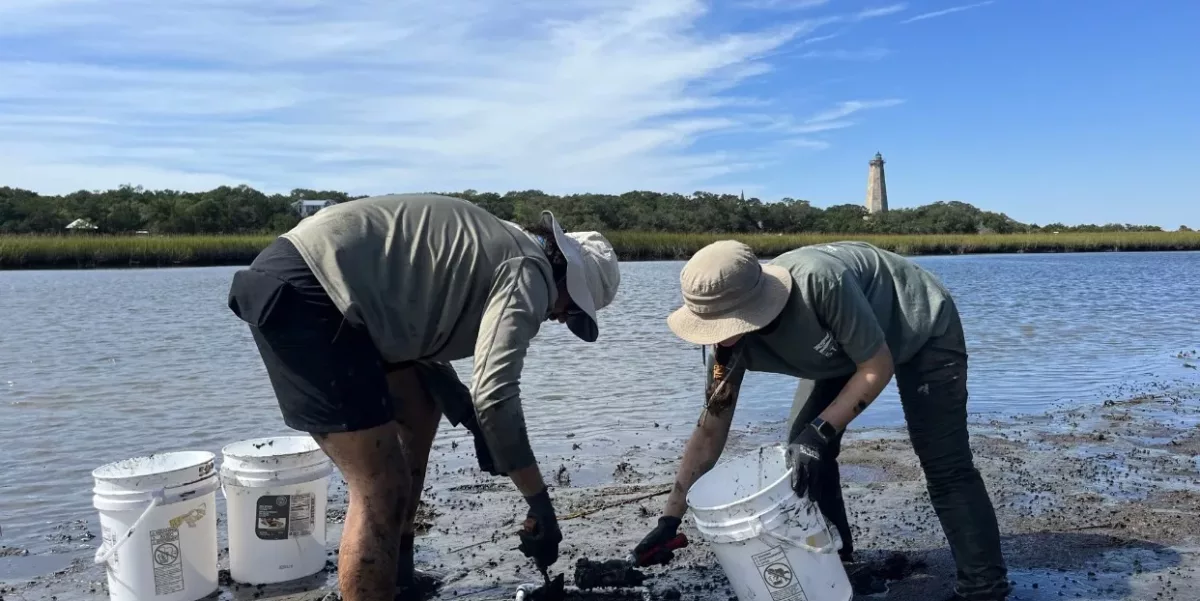
Sneak Peek into Our Oyster Restoration Project
Charlene Trippeda, Conservation Intern (Fall 2023) This fall I decided to take on the oyster restoration project that BHIC has been conducting for the past few years. I teamed up with Jonathan, another conservation intern, and we decided to add RTK GPS mapping to the project. Our project consists of two parts: looking to see […]
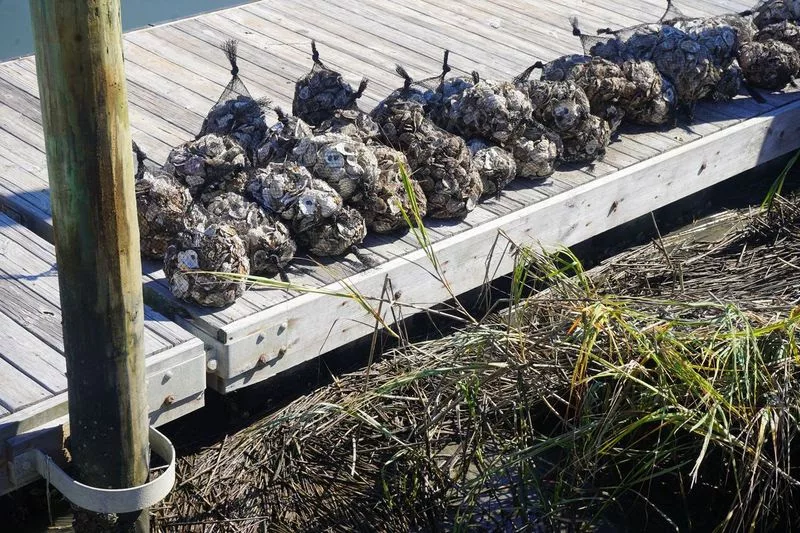
Save Those Shells! Seafood Trash Becomes Oyster Reef Treasure
Beth Darrow, Chief Scientist Though unassuming in appearance, oysters are nature’s unsung heroes. They offer both important ecological and economic benefits. Oysters have helped human societies survive and thrive for many centuries. The Eastern Oyster, Crassostrea virginica, is a bivalve mollusc that is native to the East Coast of Canada and...
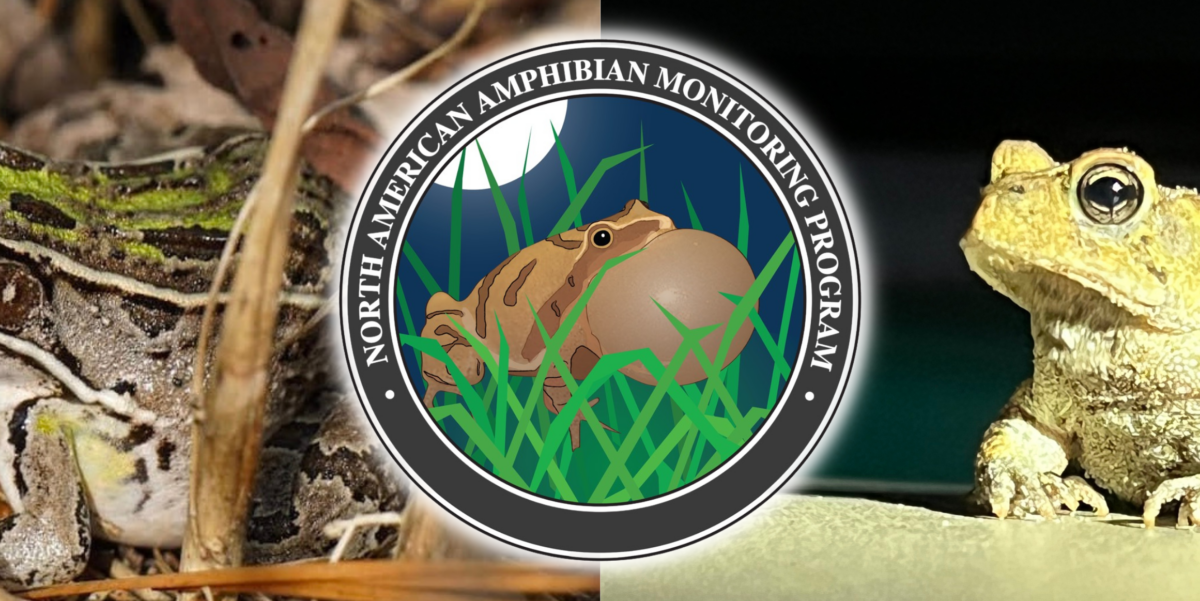
Citizen Science: Conservancy Continues CASP Summer Frog Call Surveys
by Tim Chisholm Frogs and toads are essential components of the ecosystem that exploit the abundance of invertebrates in our environment while at the same time serving as sustenance for other animals. Scientists have discovered frog and toad populations have been undergoing population declines worldwide because of habitat loss, ultraviolet...
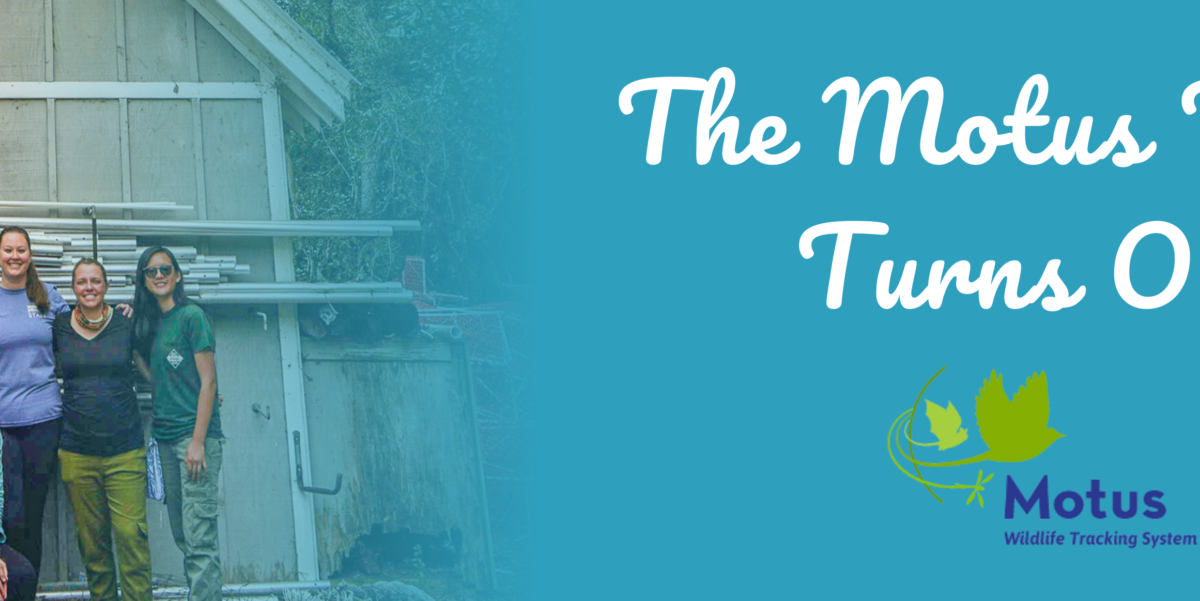
Notes From the Field: The Motus Tower Turns One
Happy Birthday, Motus Tower! One year ago on March 15th, we installed our Motus Tower on our campus. Motus, or Latin for “movement,” is the name given to the Motus Wildlife Tracking System, an international collaborative research network. The tower, standing at 36 feet tall with three antennae, is a collaboration with UNCW’s Danner...
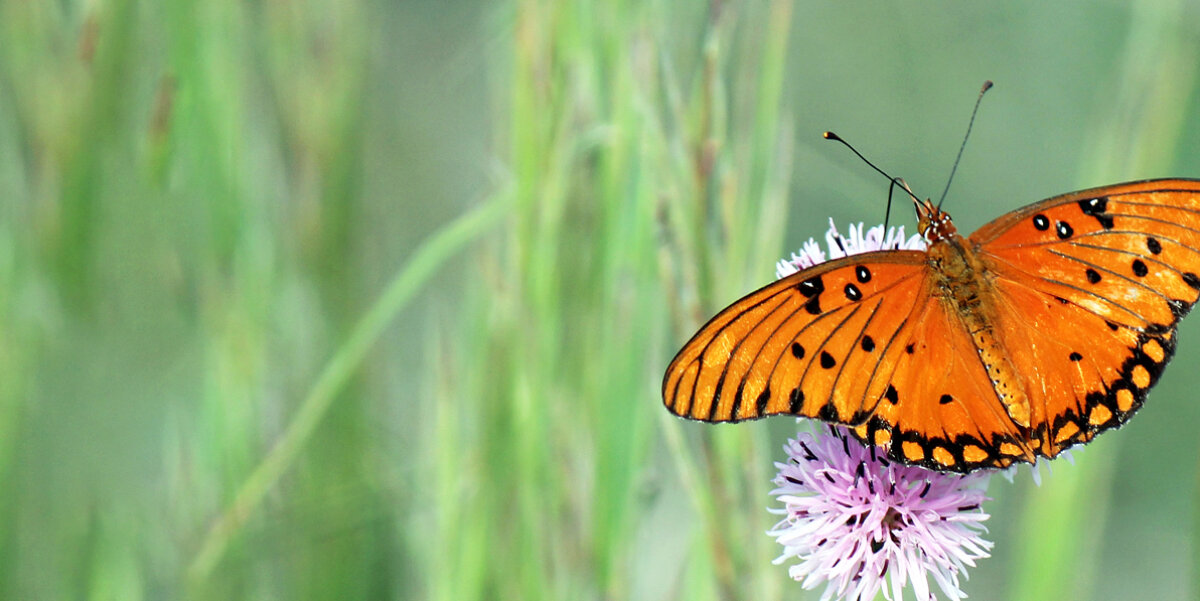
First-Ever BioBlitz Invites Community Scientists to Discover Butterflies and Biodiversity
From September 23rd-25th, the Bald Head Island Conservancy hosted its first ever Pollinator Party, a weekend dedicated to some of the smallest, but most important members of our Bald Head Island communities. Guests enjoyed pollinator-themed exhibits in Fleming Environmental Education Center throughout the event, viewing close-ups of butterfly...
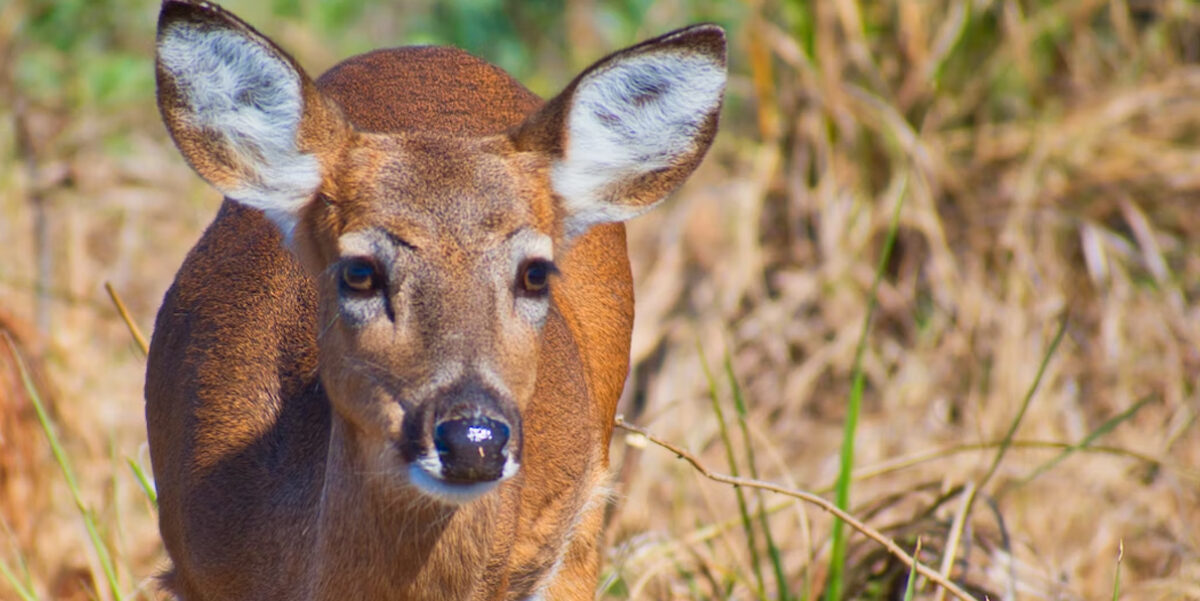
Using Radio Telemetry to Monitor Deer Population on Bald Head Island
Radio Telemetry is a very versatile method that is used with many different species ranging from small to large in size. BHI Conservancy uses it to keep track of the deer on Bald Head Island. The Village of BHI and the Conservancy have used immunocontraception to manage the White Tailed Deer population since 2015. When […]
Conservancy Corner
- Alumni of the Month (5)
- Breaking News (5)
- Collaborations (5)
- Environmental Services (3)
- Field Guides (19)
- Intern Spotlight (7)
- Interviews (3)
- Letter from the Director (2)
- Notes From the Classroom (9)
- Notes From the Field (15)
- Research Projects (10)
- Research Publications (1)
- Sea Turtle Season (6)
- Sponsor Spotlights (16)
- Support and Donation (11)
- Uncategorized (44)
Location: P.O. Box 3109, 700 Federal Rd. Bald Head Island, North Carolina 28461 EIN#: 58-1574496
Phone: Office: (910)-457-0089
Email: info@bhic.org
Hours:
- Monday9AM - 5PM
- Tuesday9AM - 5PM
- Wednesday9AM - 5PM
- Thursday9AM - 5PM
- Friday9AM - 5PM
- Saturday9AM - 5PM
- Sunday9AM - 5PM
